The world's first official cyborg: 10 things to know about Neil Harbisson
Sign up now: Get ST's newsletters delivered to your inbox
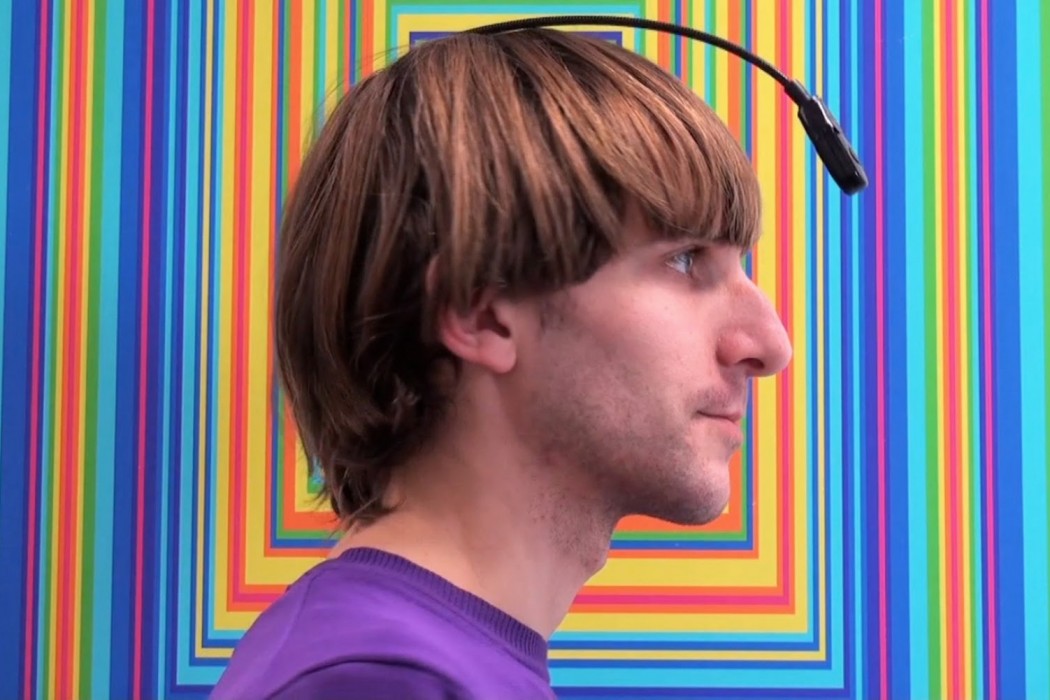
Neil Harbisson is the world's first officially recognised cyborg.
PHOTO: RAW SCIENCE
Jose Hong
Follow topic:
Neil Harbisson, the world's first officially recognised cyborg, comes to Singapore this weekend to attend the opening of ArtScience Museum's latest exhibition, Human+: The Future Of Our Species.
The 34-year-old artist, who is completely colour-blind, hears colour with a camera-equipped antenna that is permanently embedded in the back of his skull. The "eyeborg" - as he calls it - was installed in 2004 and turns colours into notes, allowing him even to sense colours beyond human vision, such as infrared and ultraviolet.
Here are 10 interesting facts about him.
1. He is the world's first officially recognised cyborg
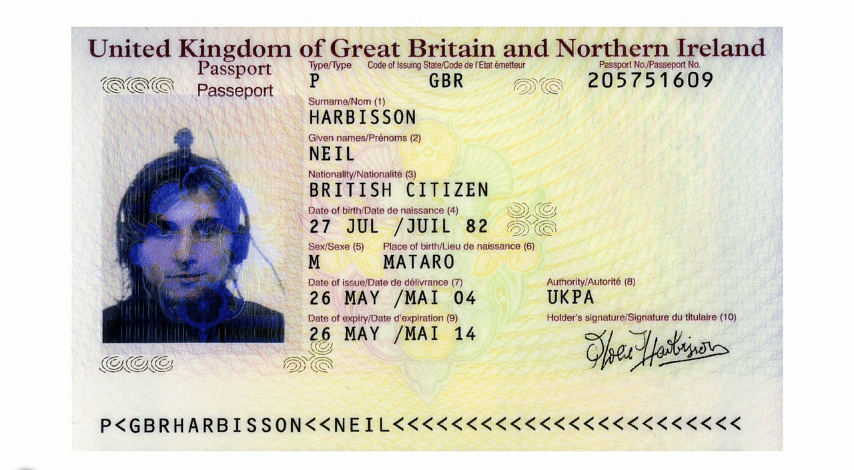
The British citizen considers himself the first legally recognised cyborg in the world after the UK government allowed the inclusion of his antenna in his passport photograph.
2. His eyeborg went through several stages of evolution
Designed by cybernetics expert Adam Montandon, Harbisson's original eyeborg required him to wear headphones that were connected to a laptop, reported The Guardian. However, subsequent operations placed a vibrating chip against, then within his skull, which allows him to hear the sound that vibrates through the bone.
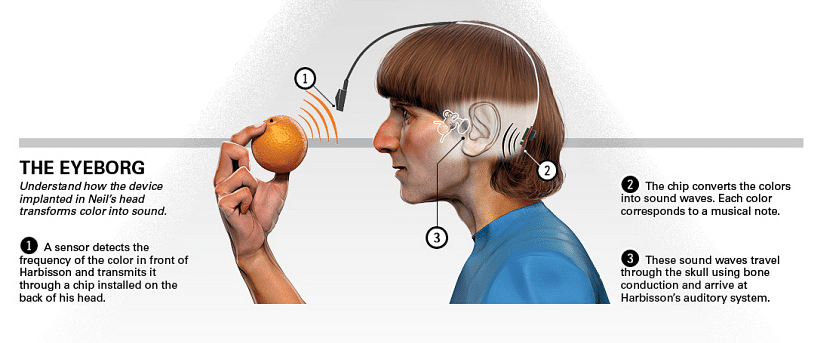
3. Eating music and dressing in a way that 'sounds' good
He said that he can put different coloured food on a plate and arrange them such that he creates "a song", giving him the ability to "eat music". To him, the F and A chords, which correspond to red and green respectively, generally taste good.
In a 2012 TED talk, he said: "Before I used to dress in a way that looked good. Now I dress in a way that sounds good."
During that particular talk, he was "dressed in C Major... quite a happy chord" - yellow trousers, a blue shirt, and a bright pink jacket. He also said that if he had to attend a funeral he would wear B minor: turquoise, purple and orange.
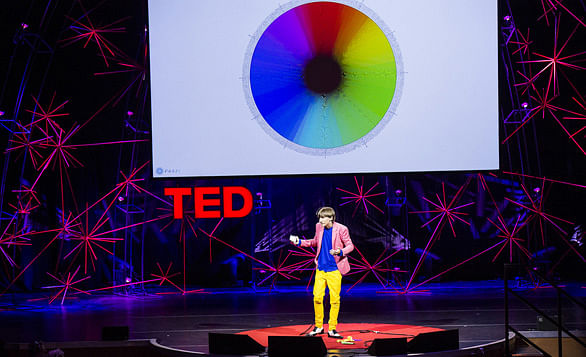
4. He dreams in colour
He also told the BBC that the constant input of sounds from his eyeborg initially gave him strong headaches. It was only after the fifth week it was installed, that he became used to it.
According to his 2012 TED talk, he also had to memorise the notes each colour corresponded to, but that this process is now completely automatic, and that he even dreams hearing colour.
This was the point when he began to feel like a cyborg.
5. He creates sound portraits of peoples' faces
Harbisson said in his TED talk that his perception of beauty has changed, and that some people may "look very beautiful but sound terrible" and vice versa.
Now, he enjoys creating "sound portraits" of people, by turning what he hears from their face into an audible profile.
The below video (from 5:14-5:28) shows some examples of famous people like Nicole Kidman or Leonard DiCaprio turned into sound portraits.
The below video shows the process of him creating a sound portrait.
6. He has given his ability a new name
Some readers may have heard of chromesthesia, a condition where people see different colours that correspond to different notes.
According to Nautilus Magazine, it is a relatively rare condition, and famous artists who had it include Vincent Van Gogh and Duke Ellington.
However, Harbisson describes his ability as "sonochromatism - the inextricable linking of hue and tone to audio frequencies", as reported by The Huffington Post.
In his 2012 TED talk, he said that the telephone "sounds green", while listening to Mozart "became a yellow experience".
7. Linking colours to music and sounds inspires his art
Harbisson has also created art pieces based on the colours of musical pieces and songs, as shown below.
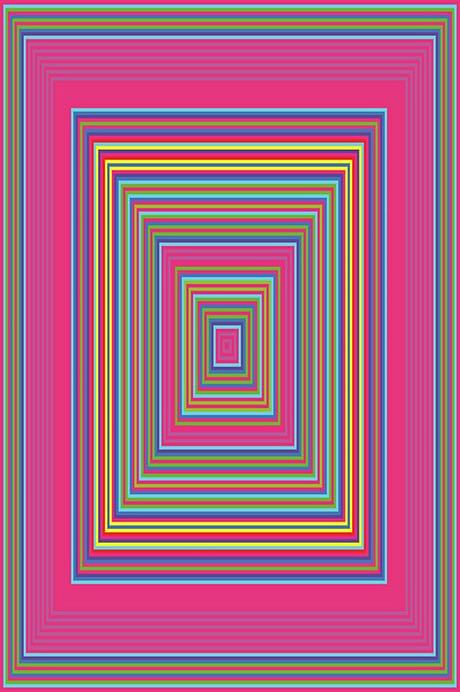

The below section from his TED talk (6:29-6:59) shows the pieces inspired by Mozart and Justin Bieber.
He also created pieces from speeches from two different historical figures: Martin Luther King Jr and Adolf Hitler. Harbisson admitted that he enjoys putting them side by side without any labels and asking people which piece they prefer.
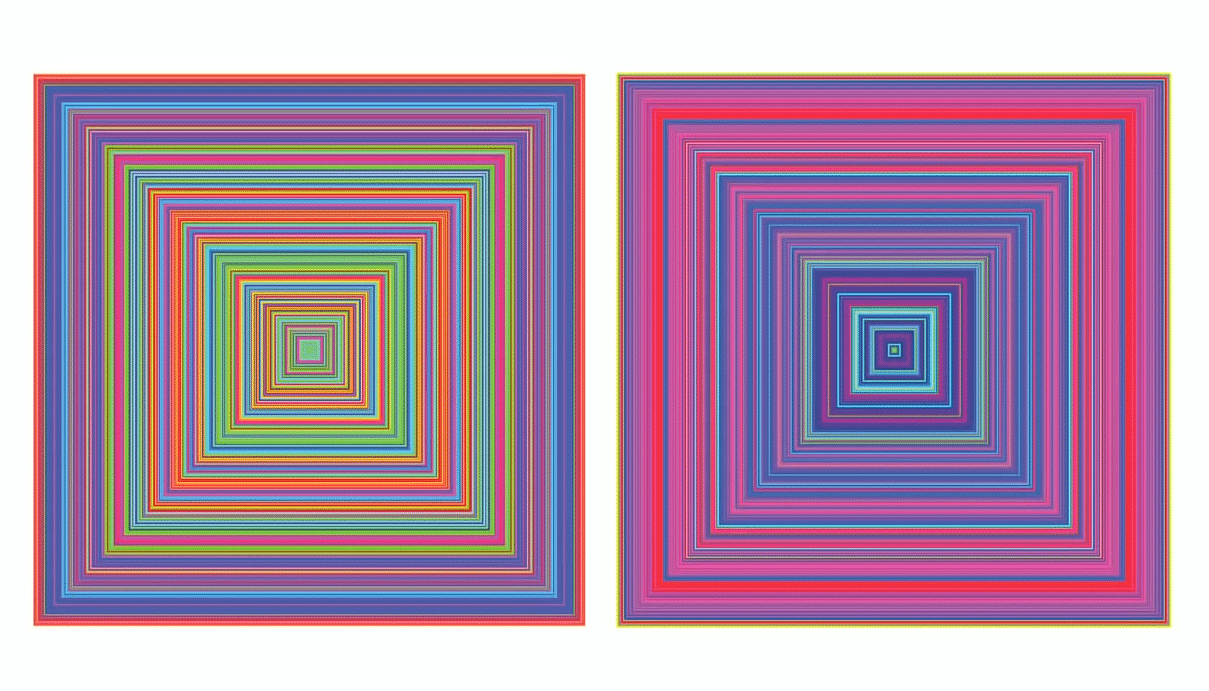
Most people, he added, change their preference when he tells them that the one on the left is Hitler's.
8. He performs musical pieces with colour
Harbisson has created musical pieces inspired by his ability to hear colours. The below video shows him performing in London with different coloured socks.
9. He created the Cyborg Foundation in 2010
Harbisson co-founded the Cyborg Foundation in 2010 to encourage people to "become a cyborg", as he said in his 2012 TED talk.
"We should all think that knowledge comes from our senses so if we extend our senses we will consequently extend our knowledge."
10. He avoids drunk women
Harbisson told The Straits Times that he avoids drunk women, because they often try to pull out his eyeborg.
He said: "It's strange. It's happened in so many countries. Men usually don't touch it, with the exception of security guards, who can be suspicious of it."
On the subject of security personnel, he told the BBC that he was once attacked by three policemen at a demonstration who believed he was filming them. "I told them I was listening to colours, but they thought I was mocking them and tried to pull the camera off my head."

